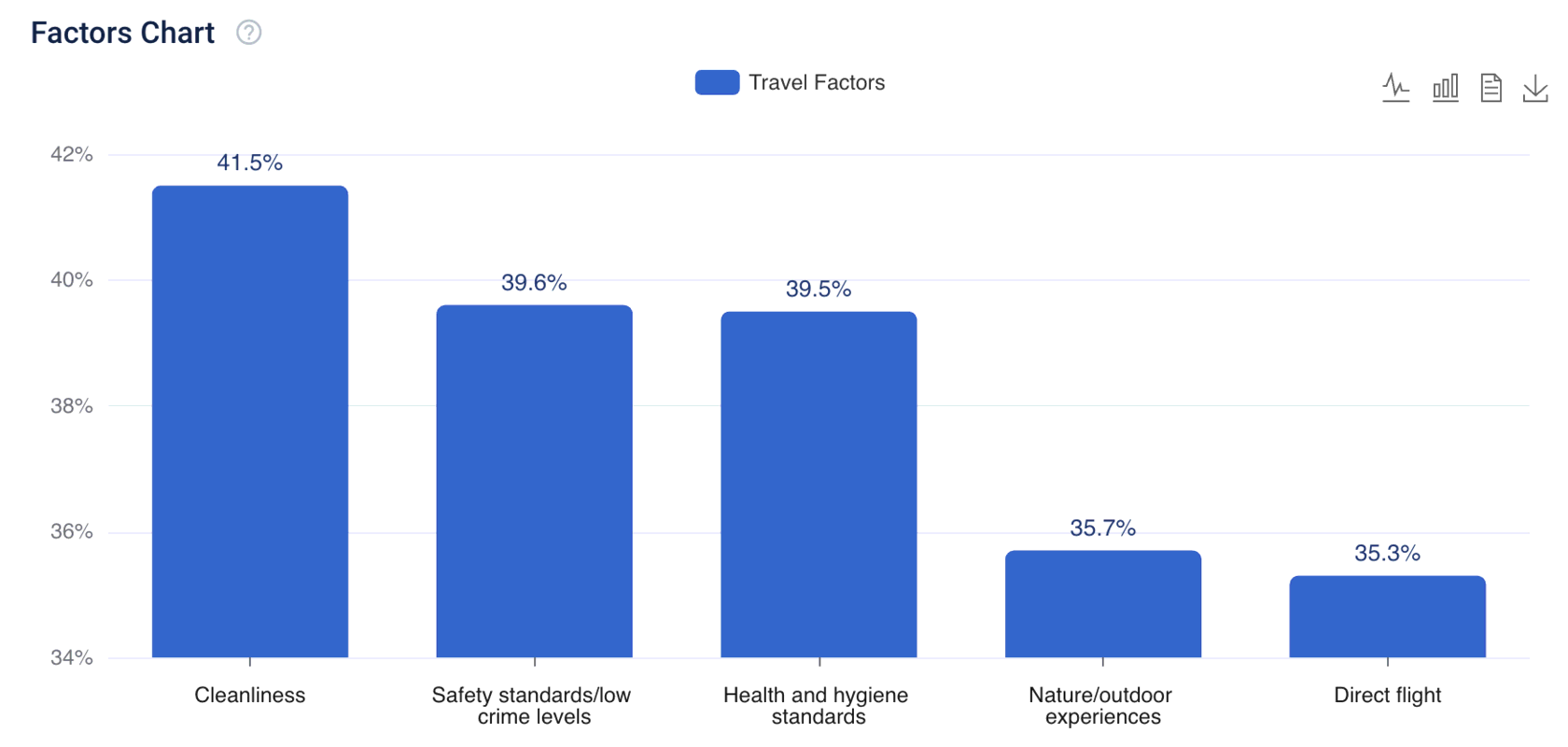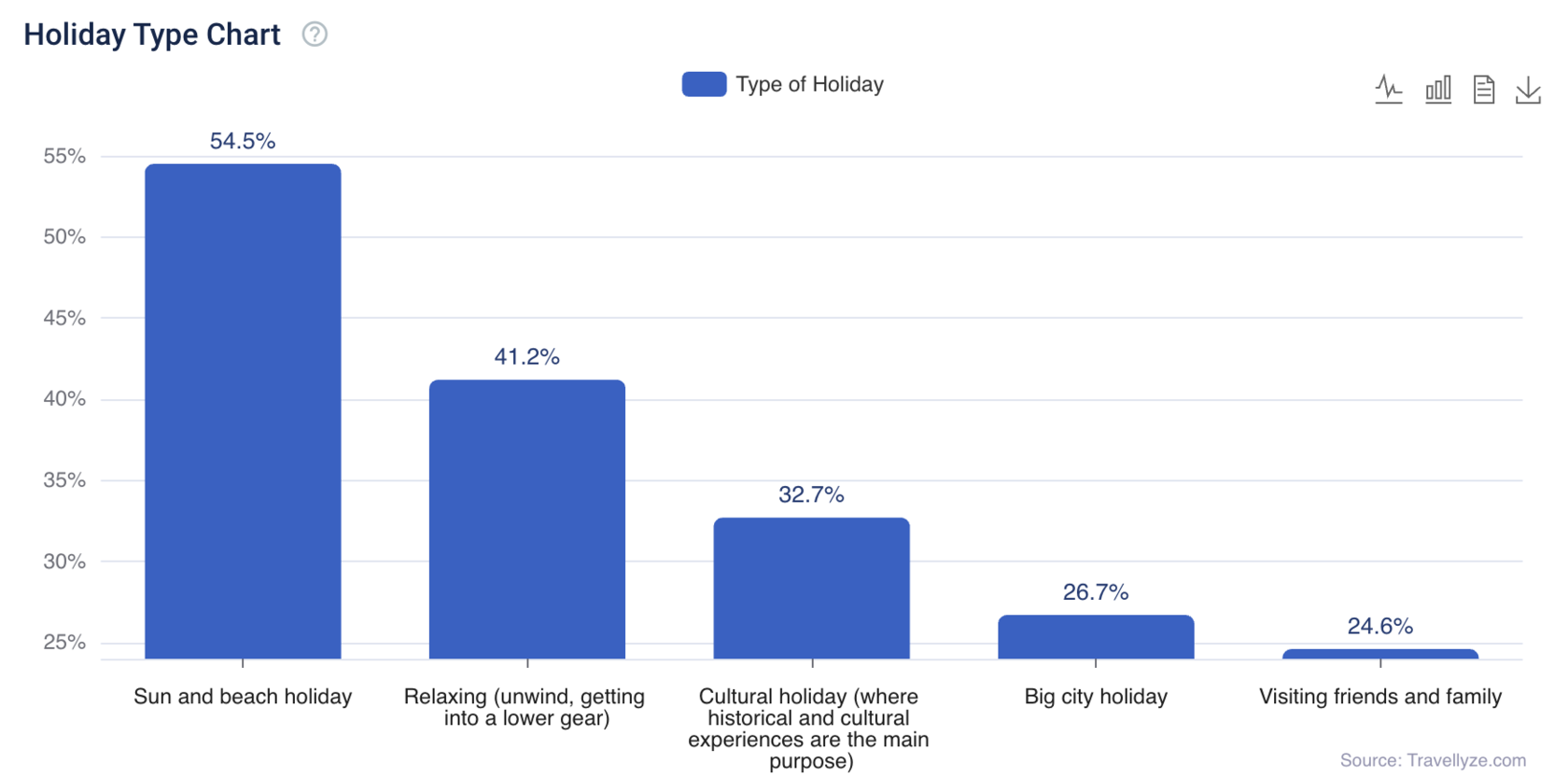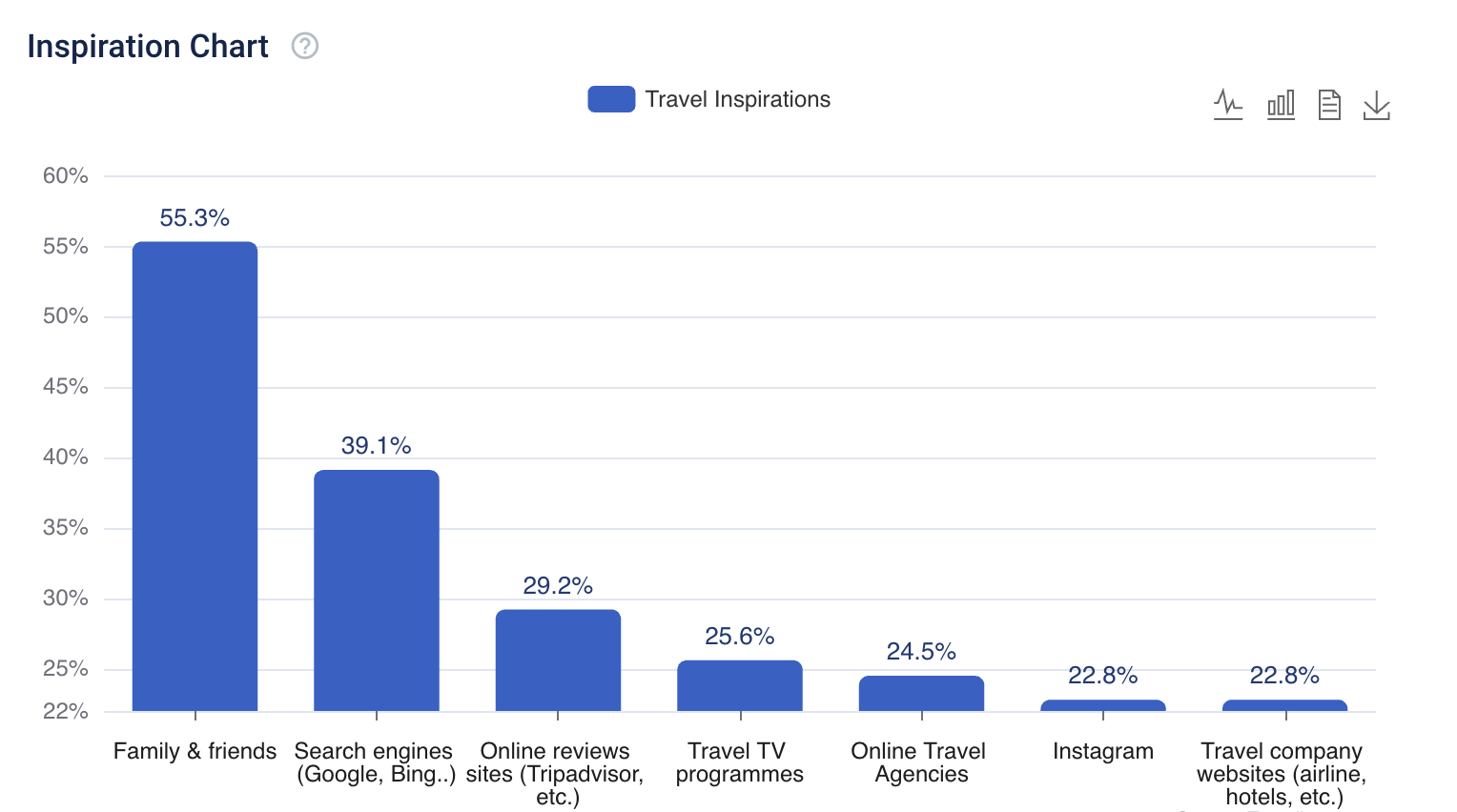Preparing a tourist destination to promote its services involves a number of important steps that can help maximize the effectiveness of the marketing campaign and attract more tourists. It is important to concentrate on this process and focus on two essential steps:
- Identify the target audience: Before starting to promote a tourism destination, it is important to identify who the marketing campaign is aimed at. This may include different age groups, interests, tastes and budgets, so it is important to tailor messages and service offerings according to the needs of each group.
- Develop a sound marketing strategy: Once the target audience has been identified, it is important to develop a sound marketing strategy to reach potential tourists. This may include a combination of online advertising, content marketing, influencer marketing, events and tourism fairs, among others. It is important to create engaging content, including high-quality photos and videos, detailed descriptions of tourist services and attractions, and testimonials from tourists who have already visited the destination. But how do we get inspiration and leverage all of our marketing strategies? Get to know our travelers!
In the first place and before starting with any other information analysis, it is important to identify the target, in this case: European travelers. We have to know what their tastes and preferences are and which are the factors involved in their choice. Taking into account this last point, European travelers prioritize some main factors when traveling: cleanliness (41.5%), safety standard and low crime levels (39.6%), health and hygiene standards (39.5%), nature or outdoor experiences (35.7%) and direct flight (35.3%). It is important to consider these five factors because they are the main factors that influence the European traveler when making a destination decision.

Secondly, we have to know the type of destination or the type of trip the traveler chooses. After some research, we came to the conclusion that the top 5 types of holidays that European travelers choose are: sun and beach (54.5%), relaxing (41.2%), cultural holidays where historical and cultural experience are the main purpose (32.7%), big city holidays (26.7%) and visiting friends and family (24.6%).

The European traveler is very related and committed to the care of the environment. Most of them choose a train or bus over a plane ticket (22%), often they take part in rural or local community experience to share their domestic life (11.5%), or choose ecofriendly accommodations in spite of costing more than a regular one (11%).
Also, it is important to know which are the peak season holidays of European tourists in order to focus marketing strategies on those months and have a better performance of the services offered.
Domestic Short Holidays (up to 4 days)

Internacional Short Holidays (up to 4 days)

Last but not least, the sources of inspiration from travelers provide the destination with very important information, since with this knowledge they can better promote their services and improve their marketing strategies. Nowadays, with technological advances and social networks, most of the sources of inspiration are online. However, the main source is still offline: family and friends (55.3%). The following sources are all online: search engines (39.1%), online reviews sites (29.2%), and others sources of inspiration.

Taking into account these data, we can think of a conscious and responsible "traveler person", who seeks to enjoy their holidays without damaging the natural and cultural environment of the place they visit. Interested in clean and protected beach destinations and who could look for cultural and responsible tourism activities, such as visits to historical monuments, museums and art galleries. Considering demographic data, this “traveler person” is female (61.3%), between 55 and 64 years old (25.2%), has a vocational education (48.8%) and is married (54.2%).
Conclusion
To promote your services in a tourist destination is important to identify the target audience and create a sound marketing strategy and promote the destination. This information will help you to offer the tourist exactly what they are looking for and to know when they have to emphasize the marketing strategy. In addition, with this information you will know in which sources of inspiration you have to invest more. It is important to be able to focus on the objectives of the marketing strategy in advance in order to get the most out of it.
